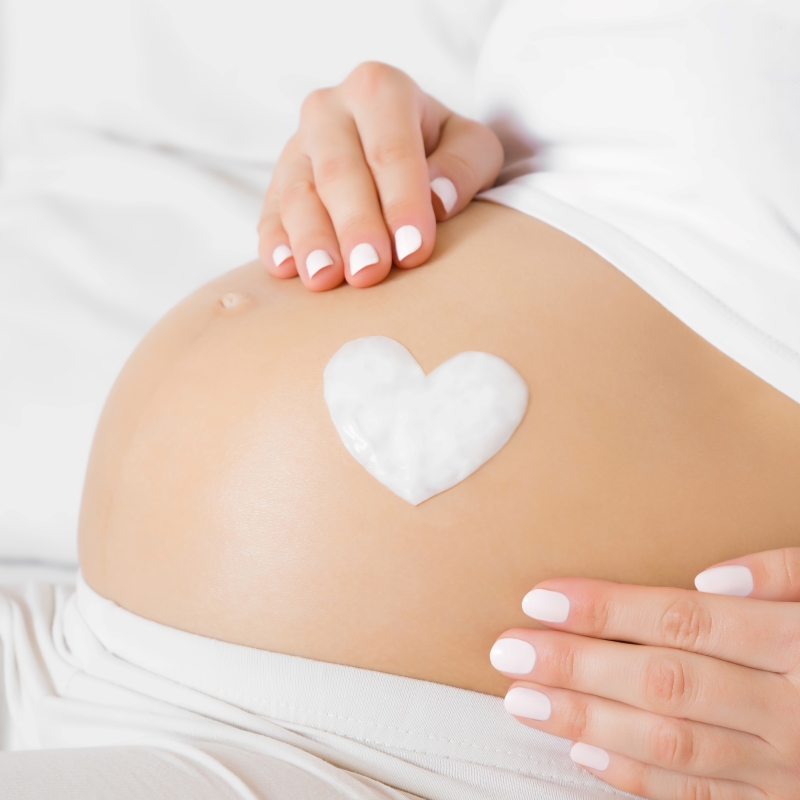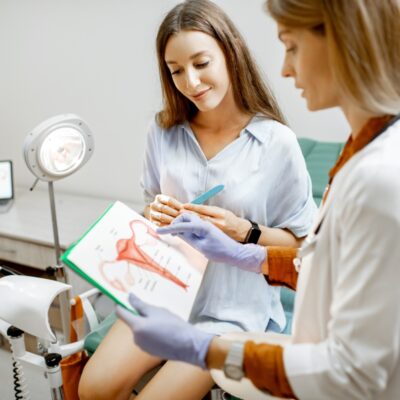Proper prenatal nutrition is as vitally important to a baby’s health and development as smoking, drinking or misusing drugs can be harmful to a growing fetus. We consider diet such an important factor in pre-pregnancy planning and prenatal care that we offer the options of both regular and holistic plant based prenatal nutrition information to all our patients. Our providers can help advise you on a regimen that works for you, based on your specific needs and preferences, even allowing for any budgetary limitations you may have. This service is available before, during, and after pregnancy. What is Holistic Nutrition? Holistic nutrition is eating foods that are as close to nature as possible. None of us would dream of walking into a lab, grabbing random test tubes, and drinking the contents. Yet, in essence, we do something similar to this every day by ingesting foods saturated in chemicals, additives and preservatives. Grocery store shelves bulge with genetically altered meat, produce, dry goods and beverages that make them look, sound, or taste more appealing. The list of ingredients on most packaging has become so long that one almost needs a microscope to read the fine print. Even someone with 20/20 vision needs a PhD to decipher the multisyllabic contents on a box of crackers. Your baby is completely dependent on you to provide her with the nourishment she needs to grow healthy and strong while she develops inside your body. Her bones, muscles, tissue and organs are sensitive to every bite you eat and every drop you drink, so if you opt for holistic nutrition, your baby also benefits from the purity of unprocessed, unrefined and organic food. What’s the Difference Between a Vegetarian, Vegan and Pegan Diet? A vegan diet is entirely plant based with no animal products. Emphasis is on seeds, nuts, fruits, grains and vegetables. A strict vegetarian diet consists of grains, seeds, nuts, vegetables and fruits, with no fish, meat, poultry, game or shellfish. In some cases, vegetarians will eat occasional dairy products and eggs, but emphasis in this diet is on the exclusion of all slaughtered animals. Less strict plant-based diets may include fish, dairy products, eggs and poultry. Most vegetarians exclude meat, but some include it infrequently. A pegan (paleo-vegan) low-glycemic diet consists of fruit, vegetables, meat, fish, and eggs. It omits dairy products, processed foods, grains, sugars and legumes. Although these sound like contradictions of each other, they’re not. All three place importance on a natural plant based diet, and all are beneficial to good health, prenatal and otherwise. Though the pegan diet includes meat, it is in extremely limited quantities. How Can Any of These Diets Help Me and My Baby? Protein can be derived from other holistic sources other than meat. A plant-based diet has multiple benefits for women’s health. Even for our pregnant patients, a vegan or plant-based diet free of dairy and meat can be very healthy for both baby and mother. Contrary to what many people think, pregnant women can be completely meat-free and get sufficient protein to support a healthy pregnancy.” If you prefer to go the vegan route, it’s recommended that you take B12 and Vitamin D. These supplements round out a healthy regimen, supplying the body with everything it needs to maintain optimum prenatal performance. Vegan and paleo-vegan nutrition help prenatal and postnatal women by: Decreasing preeclampsia risk Providing antioxidants Producing more beneficial, purer breast milk Preventing breast, colon and ovarian cancer Minimizing incidents of allergies to your baby Lowering exposure to additional or harmful hormones. Holistic nutrition can also alleviate the symptoms of chronic conditions and diseases such as: Endometriosis Lupus Acne Irritable bowel syndrome Heart disease Type 2 diabetes Constipation Systemic inflammation Polycystic ovarian syndrome Heavy menstrual periods Menstrual cramps. Additionally, holistic nutrition has been known to enhance mental clarity, improve energy and help with weight loss. Isn’t it Dangerous to Suddenly Change My Diet Since I’m Eating for Two Now? Pregnancy is one of the best times to address the subject of nutrition. In a sense, you are eating for two, but this doesn’t mean double the amount. It means that you have to fuel two growing bodies with the vitamins, minerals and nutrients they both need to remain healthy. A developing fetus can not only sap your energy by absorbing all the ‘goodness’ it needs from the food you ingest, it can deprive you of what you need to remain strong and fit enough to handle all the physical, emotional, and hormonal changes that are going to happen during the next few months. Proper nutrition replaces what the fetus depletes, preparing the two of you for the intensity of labor and delivery. Holistic nutrition counseling can help make the choices that are right for you. For more information on high-risk pregnancy, visit Northside Hospital Cherokee. To schedule an appointment with one of our providers, schedule an appointment online or call us at 770.720.7733.














